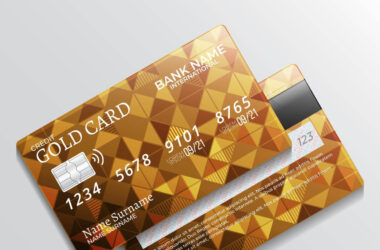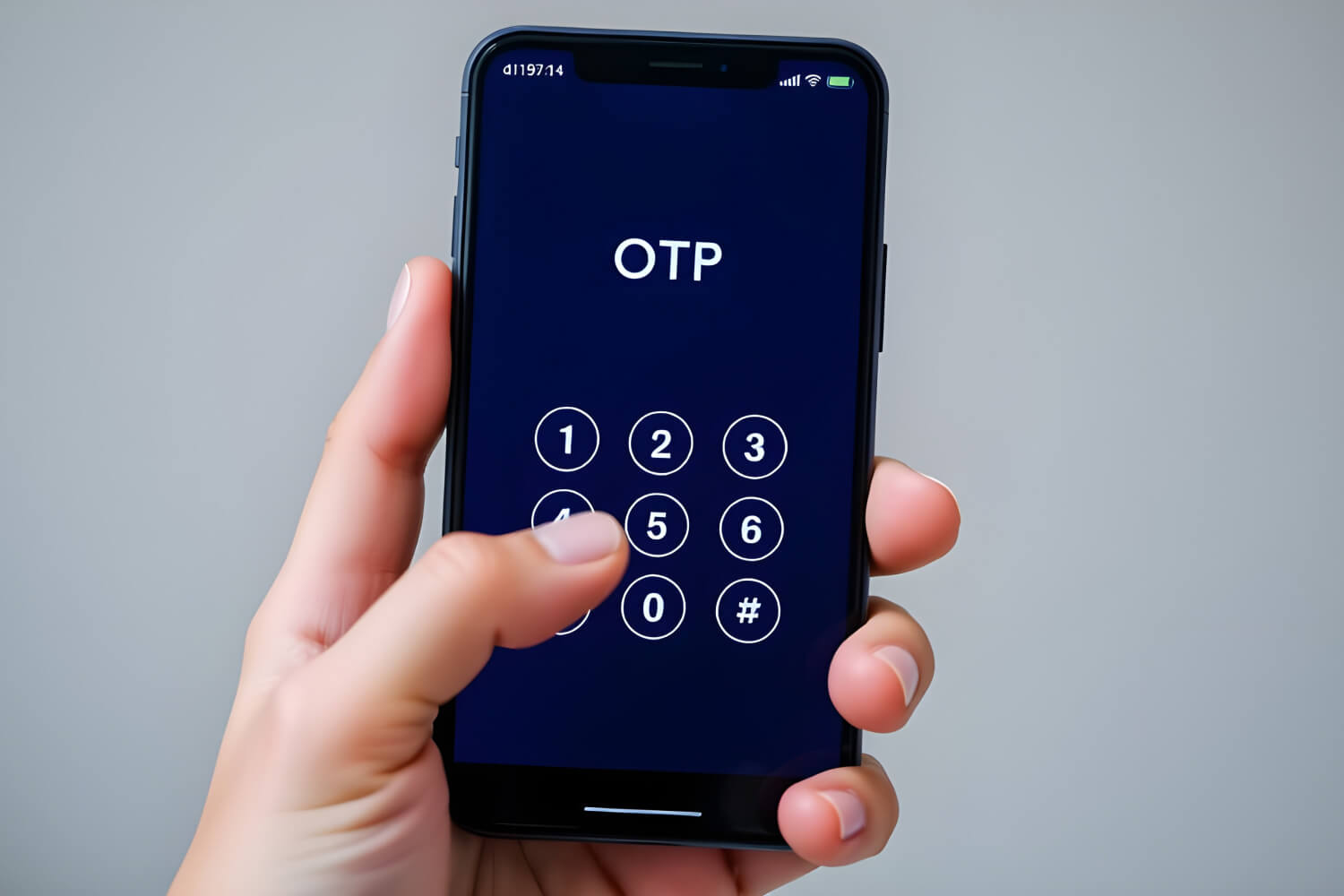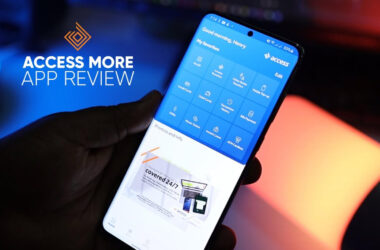As technology continues to transform the banking industry, ensuring the security of transactions is becoming increasingly vital. One of the methods used to enhance the security of banking transactions is the One-Time Password (OTP).
An OTP is a temporary code that is generated for a single use, typically valid for a limited time, and serves as a second layer of authentication in addition to the regular password. This means that even if an unauthorized person gains access to a user’s login details, they cannot carry out transactions without the OTP.
The use of OTPs in banking has become ubiquitous, and their importance cannot be overstated. OTPs play a significant role in protecting sensitive banking information, such as account details, transactions, and personal data, from unauthorized access, theft, or fraud.
In the following sections, we will explore what OTPs are, how they work, and why they are important in banking transactions. We will also discuss the technologies used in OTP generation, the challenges faced by banks in implementing them, and the future of OTPs in banking.
What is OTP?
A One-Time Password (OTP) is a unique code that is generated for a single transaction and valid for a limited time, usually ranging from a few seconds to a few minutes. OTPs serve as a second layer of authentication in addition to a user’s regular login credentials. The OTP is sent to the user’s registered mobile number or email address and must be entered correctly to complete a transaction.
There are several types of OTPs used in banking, including:
- Time-based One-Time Password (TOTP): This OTP is generated based on the current time and a secret key shared between the user and the service provider. The TOTP is typically valid for a limited time and is used for online banking transactions.
- SMS-based OTP: This is sent to the user’s registered mobile number via SMS. It is the most common type of OTP used in banking and is used for both online and offline transactions.
- Voice-based OTP: This one is generated and delivered to the user’s registered mobile number via an automated voice call. It is typically used when SMS-based OTP delivery is not possible.
- Push Notification-based OTP: This OTP is generated and delivered to the user’s mobile device through a push notification. It is commonly used in mobile banking applications.
When you initiate a banking transaction, you will be prompted to enter your login credentials (username and password). Once you enter the correct credentials, an OTP is generated and sent to your registered mobile number or email address. After which you must enter the OTP correctly within the specified time frame to complete the transaction.
OTP helps to prevent unauthorized access to your account or transactions by requiring an additional layer of authentication. It ensures that only the authorized user which is you, with access to the registered mobile number or email address can complete a transaction.
Why Is OTP Important in Banking?
OTP is an essential security measure in banking, and its importance cannot be overemphasized.
Banking transactions involve the transfer of large sums of money and personal data, making them attractive targets for cybercriminals. Banks and financial institutions are constantly under threat from phishing attacks, hacking attempts, and other forms of cybercrime. OTP is an additional security measure that helps to prevent unauthorized access to banking transactions, thereby enhancing the security of sensitive data and funds.
Without OTP, banking transactions become vulnerable to unauthorized access, account takeover, and fraud. Cybercriminals can easily obtain login credentials through phishing attacks, social engineering, or by exploiting security loopholes in the system. They, however, help to mitigate these risks by providing an additional layer of authentication.
The use of OTPs in banking offers several advantages, including:
- Increased security: OTPs provide an additional layer of security that helps to prevent unauthorized access to banking transactions. It ensures that only the authorized user with access to the registered mobile number or email address can complete a transaction.
- Convenience: They can be generated and delivered quickly, making them a convenient method of authentication. They do not require the user to remember complex passwords, which can be challenging and time-consuming.
- Real-time verification: OTPs are generated and delivered in real-time, this ensures that banking transactions are completed quickly and efficiently. This makes them ideal for time-sensitive transactions.
- Cost-effective: They are a cost-effective security measure compared to other methods, such as hardware tokens or smart cards.
How is OTP Generated?
OTP is generated using various technologies and methods, depending on the specific needs of the banking institution.
- Hash-based One-Time Password (HOTP): This generates OTPs based on a secret key and a counter value that increments after each use.
- Time-based One-Time Password (TOTP): This generates OTPs based on the current time and a shared secret key.
- Challenge-Response One-Time Password (COTP): This generates OTPs by using a challenge-response mechanism.
Several factors can affect the OTP generation process, including the strength of the secret key, the length, and the algorithm used to generate the OTP. The quality of the network connection can also affect the delivery.
OTP can be delivered to the user through various methods, including:
- SMS: The OTP is sent to the user’s registered mobile number via SMS.
- Email: It can also be sent to the user’s registered email address.
- Voice call: It can be delivered to the user’s registered mobile number via an automated voice call.
- Push notification: It is generated and delivered to the user’s mobile device through a push notification.
- Hardware token: It can also be generated by a hardware device that the user carries, such as a smart card or USB token.
OTP Implementation in Banking
To implement OTP in banking, the following steps are usually taken:
- Banks and financial institutions need to choose the appropriate OTP technology that meets their specific needs.
- The bank needs to register the user’s mobile number or email address to enable the delivery.
- The delivery method needs to be set up and integrated into the bank’s existing system.
- Users need to be educated on the importance and how to use it.
Several laws and regulations govern the use of OTP in banking. In many countries, banks are required to implement multi-factor authentication, which may include the use of OTP. The implementation of OTP in banking may face several challenges, including:
- Resistance from users: Some users may resist the use due to the inconvenience of receiving and entering the OTP every time they need to complete a transaction.
- Technical issues: The delivery may be affected by technical issues such as poor network connection or delay in delivery.
- Cost: The implementation may require additional resources and investment, which can be a challenge for some banks.
Several banks have successfully implemented OTP to enhance their security measures. For example, Access Bank, one of the largest banks in Nigeria, is a multinational commercial bank that has successfully implemented OTP to enhance its security measures. The bank has over 31 million customers across the African continent, and its implementation of OTP has been instrumental in preventing fraud and securing its customers’ funds.
Access Bank has implemented OTP across various channels, including online banking, mobile banking, and ATM transactions. The bank uses a time-based OTP system that generates a unique code every 60 seconds, which is delivered to the customer’s registered mobile number.
Access Bank has also implemented biometric authentication, which requires customers to provide their fingerprints before accessing their accounts or making transactions. This additional layer of security enhances the effectiveness of OTP and reduces the risk of fraud.
The implementation of OTP and biometric authentication has helped Access Bank to reduce fraud incidents significantly. The bank has reported a high percentage of reduction in fraud since implementing OTP and biometric authentication in the last few years.
How to Generate OTP for Access Bank
To generate an Access Bank Soft Token using your phone, you need to follow these simple steps:
- Open the App Store or Google Play Store on your phone
- Search for “Entrust OTP” in the search bar
- Download and install the Entrust OTP app on your phone
- Open the app and select “Register”
- Enter your Access Bank account number and click on “Next”
- Enter the one-time password sent to your registered phone number and click on “Next”
- Create a four-digit PIN and confirm it
- Follow the on-screen instructions to complete the registration process
- Once your registration is complete, you can log in to the app using your PIN to generate your Access Bank Soft Token for transactions.
To get a Hard Token from Access Bank, you can visit the nearest Access Bank branch with the following requirements:
- Your Access Bank account number
- A valid mobile phone number
- An active email address
- A registration fee
Once you have these requirements, you can follow these steps:
- Meet the customer service personnel and request transaction tokens
- The form for the request for tokens will be given to you
- Fill out the form correctly and provide all the necessary information
- Submit the form and pay the registration fee
- Wait for your transaction token to be activated
- You will receive an alert that your token is ready for pickup.
Please note that you will be required to pay a fee of N2700 for a hard token.
Conclusion
OTP is an essential security measure used in banking to protect customers’ accounts and funds from fraudulent activities. It generates a unique code that is required to complete a transaction, and it can be generated through various channels, including online banking, mobile banking, and ATM transactions. It has also helped to reduce the risk of fraud significantly and improve the security of banking transactions.
The future of OTP in banking is promising, as technology continues to advance and provide new and more secure ways of generating OTP. There is a growing trend toward the use of biometric authentication, which enhances the effectiveness of OTP in securing transactions.
It is crucial for you to prioritize OTP usage in your banking transactions. Ensure that your mobile numbers are registered with your bank to receive OTP promptly and use it for all transactions.











I need to know my account number
Heya! I just wanted to ask if you ever have any issues with hackers? My last blog (wordpress) was hacked and I ended up losing a few months of hard work due to no backup. Do you have any solutions to stop hackers?
I cant access my OTP while using my SIM outside Nigeria